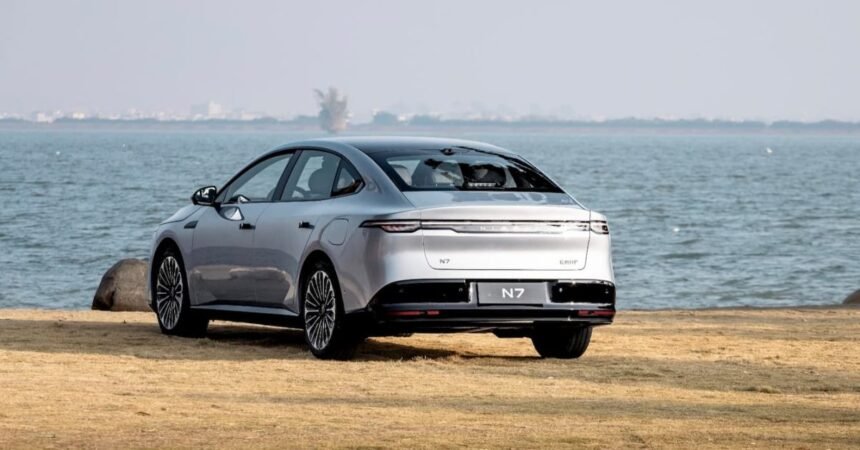Nissan, a major player in the automotive industry, is currently facing some challenges as it embarks on a recovery plan that includes significant job cuts and delays in supplier payments. The company recently announced its intention to reduce its workforce by about 15%, amounting to approximately 20,000 jobs globally. This move is part of Nissan’s efforts to streamline operations, cut costs, and ultimately improve its financial standing.
One of the key aspects of Nissan’s recovery plan is the closure of several factories to free up cash and reduce expenses. The company is also in talks with employees at its Sunderland plant in the UK regarding voluntary retirement opportunities, with plans to lay off around 250 workers. The Sunderland plant, which employs around 6,000 workers, is crucial for Nissan as it is where the company plans to manufacture its next-generation electric vehicles, including the new LEAF, Juke, and Qashqai models.
In addition to job cuts, Nissan is also seeking more flexible payment terms from its suppliers to improve its cash flow. The company has reached out to suppliers in Europe and the UK, offering them the option to delay payments at a higher interest rate or have payments facilitated through HSBC with Nissan repaying the bank with interest. These measures are aimed at freeing up cash in the short term to support Nissan’s turnaround efforts.
Despite these challenges, Nissan is pushing forward with its plans to launch several new electric and hybrid vehicles in the coming years. The company is banking on these new models, including the next-gen LEAF, to boost sales and help drive its recovery. In markets like China, where there is stiff competition from low-cost rivals like BYD, Nissan is seeing positive traction with its new dedicated electric sedan, the N7, which has garnered over 20,000 orders in just 50 days.
Looking ahead, Nissan is focused on returning to profitability by cutting costs and improving its product lineup. The company’s Re:Nissan recovery plan aims to reduce costs by 250 billion yen and achieve profitability by fiscal year 2026. With a strong lineup of new electric and hybrid vehicles in the pipeline, Nissan is hopeful that it can turn things around and regain its competitive edge in the automotive market.
As Nissan navigates these challenges and works towards its recovery goals, the industry will be watching closely to see if the company can successfully execute its turnaround strategy. With the automotive landscape evolving rapidly, it will be interesting to see how Nissan adapts to the changing market dynamics and positions itself for future success.







